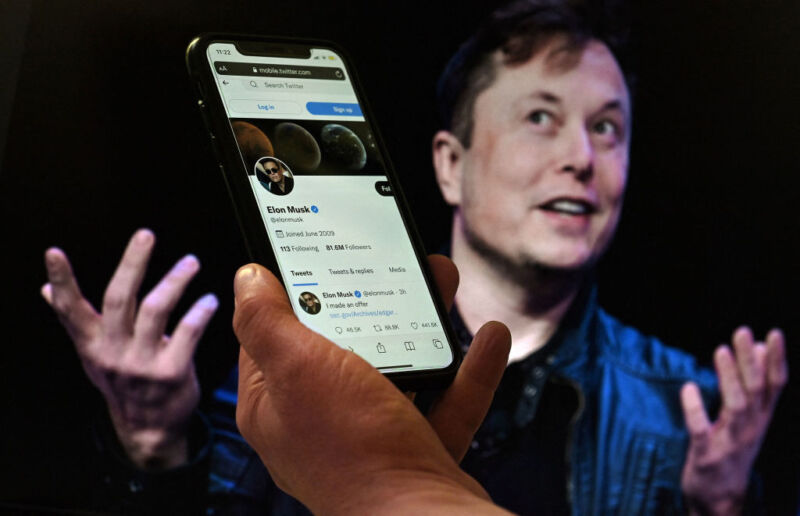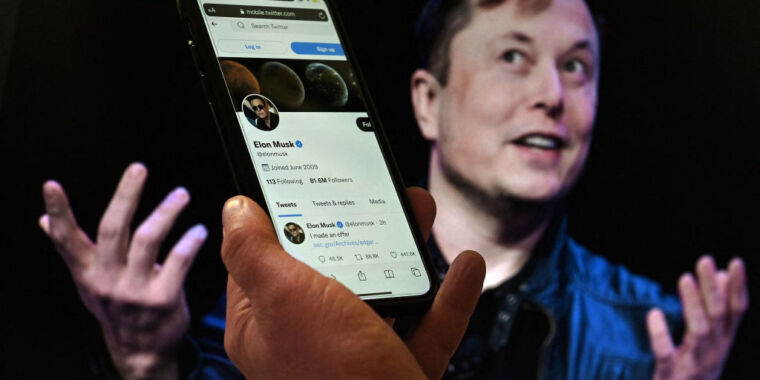
Elon Musk’s strategy to make Twitter profitable as quickly as possible seems to be to turn Twitter into everything the platform is not, seemingly ignoring much of what made the platform profitable in the first place.
Instead of creating the town square where important public discourse is freely debated (which Musk claimed was his Twitter vision), he’s now making moves to potentially skew discussions by ranking unauthenticated accounts with freshly granted blue checks above others in feeds, not because they’re users who have more informed or more popular points of view, but because they are just about anyone who paid $8 that month. His other big ideas to drive profits reportedly include charges to direct-message celebrity users and charges to see OnlyFans-like videos posted by paid, verified users. In weighing these ideas, Musk is seemingly ready to charge fees wherever he can and unafraid to throw up paywalls between users and the content that arguably initially drew them to Twitter.
According to The New York Times’ interviews with two people familiar with the matter and reviews of internal documents, Musk and his advisers have discussed all these strategies to monetize Twitter and dig the platform out of debt.
The first step toward Musk’s penny-pinching Twitter world is launching “Twitter Blue,” a subscription service that costs $8 monthly to verify users. According to The Times, that product will launch on November 7 for users in the United States, Australia, Canada, and New Zealand. There’s an expectation that more than 400,000 already-verified users will have a brief interim period where they’ll keep their blue checks. Then, at some undetermined time, those already-verified users will eventually have to pay up or lose the check.
These paid subscribers don’t just get a blue check, Twitter documents show. They would seemingly also get access to other benefits, like the ability to post longer videos and have their replies to other tweets ranked more highly. The latter perk typically happens anyway when a verified user’s replies get the most views and then the most likes, but now it’s yet another perk being built into the blue check and then sold back to them in the Musk era.
Beyond Twitter Blue, Musk’s strategy to turn Twitter into a moneymaker seems to so far revolve around videos, even ordering staff to examine the code and explore the prospect of reviving Vine, the short-video looping app that Twitter killed in 2016. For anyone who knows Twitter history, that particular move may raise an eyebrow, given that Twitter notably only became profitable in 2017 after it killed investments in products like Vine.
The other idea that Musk’s team has is to cater to creators by charging users fees to watch videos. Twitter would likely take a cut of that revenue, banking on the idea that popular content creators would be financially motivated to help Musk maintain user engagement as more content becomes paywalled.








